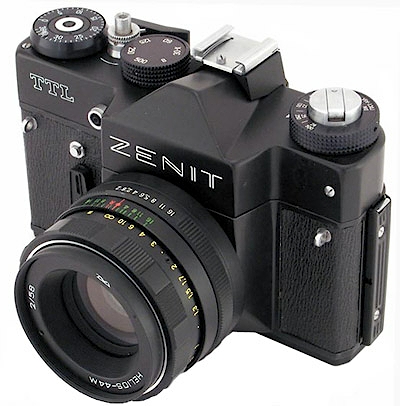Instruction
1
The focus in this case is the simplest operation. It is important normal vision of the photographer and the condition of the camera. Set sharpness on the picture on the frosted glass. In later models there is an auxiliary optical devices for guidance on the sharpness. What you see in the viewfinder will correspond to the resulting image.
2
When adjusting aperture you are adjusting the luminous flux that reaches the surface of the film. If you reduce the hole size, the amount of light also decreases. And, on the contrary. Diaphragm value of 22, 16, 11, etc. should be considered as 1/22 , 1/16, 1/11. Is a relative value, which shows the diaphragm openings smaller than the focal length. Changing one aperture to another, the amount of light varies twice.
3
Exposure dose the amount of light that falls on photographic film. The value 500 corresponds to 1/500 of a second, etc. To reduce the amount of light two times you need to switch to the adjacent shutter speed. If you switch back the number is increasing.
4
If you have a film of 100 units, it is best to set the shutter speed to 125 to 200 film recommended exposure 250 to 400-500. A number indicating the sensitivity of the film should approximately match the value you set for shutter speed.
5
The value of aperture depends on light conditions and time of day. 4 – a very dark stormy sky, the deep shadow of the trees, the evening after sunset; 5,6 – heavy cloud cover that evening at sunset; 8 – average cloudy or shade trees in Sunny weather, 11 – sunlight in the haze, the evening 2-3 hours before sunset; 16 – bright sun in the afternoon in an open area (beach, for example). Modern film can, without much loss of quality to transfer excess or insufficient lighting.
6
At the beginning of practice with Zenith take the best film in 12 frames, and record the aperture value and shutter speed for each of them.
